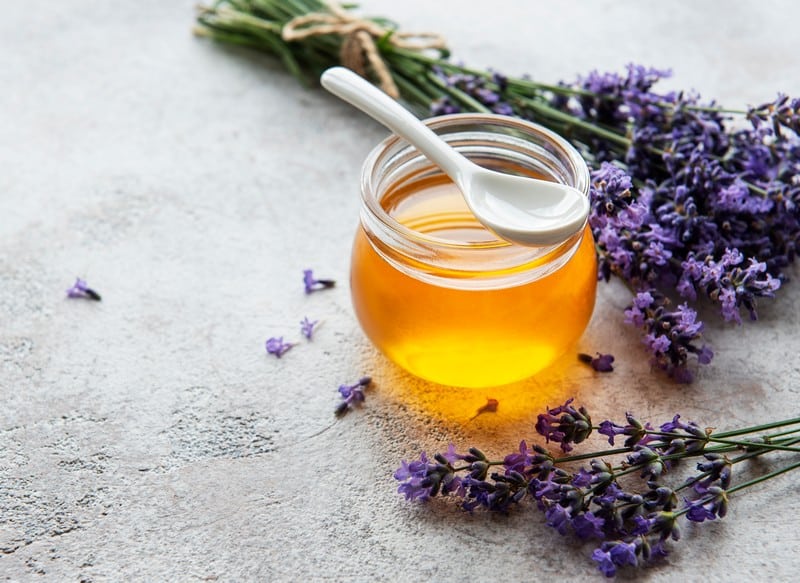Honey

Honey is the oldest documented home remedy for the flu, having been used for over 2000 years to treat symptoms of sore throats and coughs associated with the illness. Its use was so widespread in history that it became known as the “nectar of the gods,” easily becoming an antibiotic in ancient Egypt. However, it wasn’t until recently that modern science began to uncover why honey has these healing properties. The reason lies in its chemical composition. Honey is created when glucose from flowers mixes with water and is processed by bees. As a result, honey contains many different sugars, including glucose, fructose, sucrose, maltose, and dextrin.
Archaeologists have found traces of honey inside the mummies of pharaohs. It’s an effective treatment because it’s versatile. It can be taken internally, externally, or even absorbed through the skin. Even when a person with the flu feels completely awful and depleted, taking small sips of honey can give them much-needed nutrients when they’re too weak to eat anything else.
There are several types of honey: raw honey, strained honey, and manuka honey. Raw and strained honey are pure sugars that feed bacteria in your body, so you should use them cautiously. Manuka honey is different because it comes from bees that feed on the nectar of manuka trees in New Zealand. This type of honey has a higher concentration of methylglyoxal, an antibacterial compound that can help fight infections.










